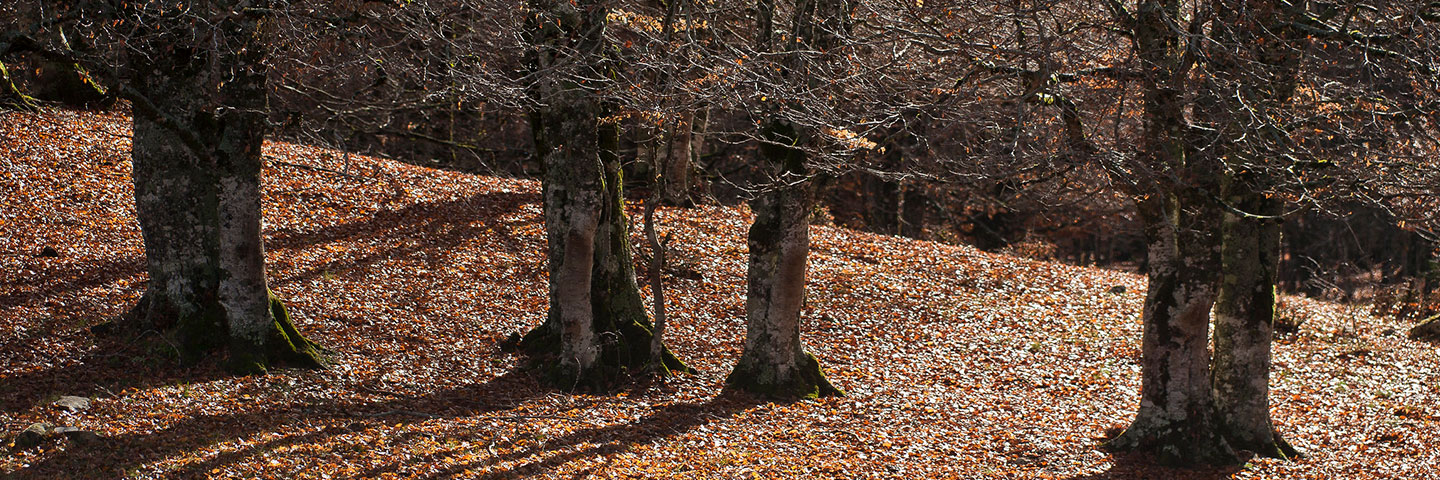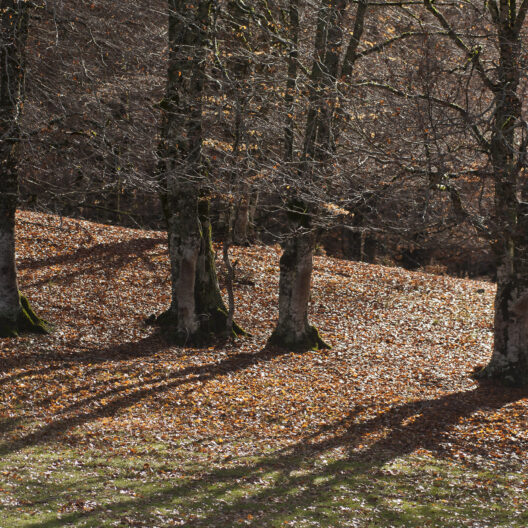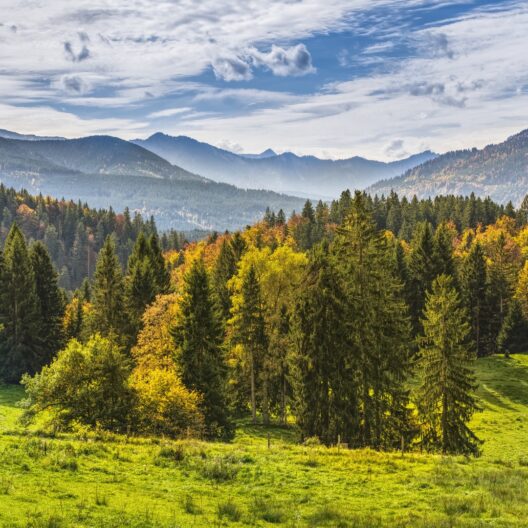
The golden age of trees
Reading time
0 min
Two new studies show that forest age is crucial in responding to climate change
In their maturity, trees are at their best. According to two studies recently published in Forests and the Journal of Environmental Management-in which scientists from CNR-Isafom and the University of Florence participated-the age of trees is a crucial factor in determining the resilience, productivity and stability of forests in the face of the challenges posed by the changing climate.

Credits: Aurelio Candido – CC 2.0Aurelio Candido – CC 2.0
The researchers started from five European sites populated by lodgepole pine, spruce, and beech-three of the most important and common species on the Old Continent.
The help of a new tool
They then used 3D-CMCC, a sophisticated three-dimensional bio-geo-chemical model. This tool is able to simulate carbon, nitrogen and water cycles in forest ecosystems: in other words, it is capable of hypothesizing future scenarios of forest growth under different conditions, whether due to climate or human intervention.
The 3D-CMCC model also takes into account the effect of tree age on forest productivity. This is an important aspect because, as studies have shown, stand age significantly affects growth and carbon storage.
According to the findings, the most productive age for the tree species considered, in terms of carbon storage capacity and average annual increment, is between 16 and 50 years old. In this age range, trees tend to have a higher growth rate.
Carbon storage capacity, however, also continues to increase in mature forests, albeit at a slower rate. In other words, while younger trees contribute more to the annual increase in biomass, older trees-which have more carbon stored over their life cycle, and a better ability to adapt to changing environmental conditions-play a key role as long-term carbon sinks.
Winning diversity
The results of these studies are of strategic importance for future forest management because they highlight the importance of forest diversity, both in terms of species and age, in strengthening the resilience of forest ecosystems. Having a variety of tree species with different characteristics and climate tolerances can help mitigate risks from extreme weather events, pests and diseases, which are bound to increase with climate change. Similarly, having trees of different ages within a forest ensures greater structural and functional stability over time.

Credit: Felix MittermeierFelix Mittermeier













